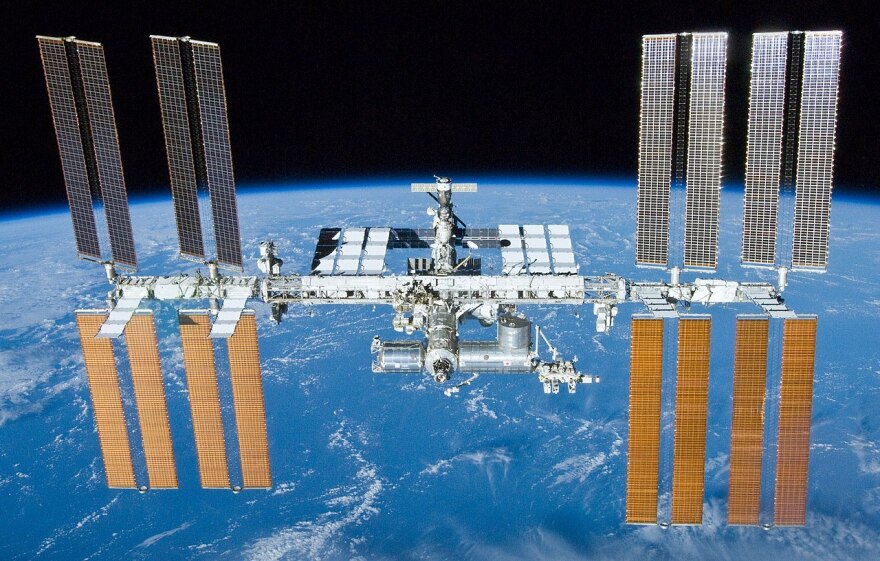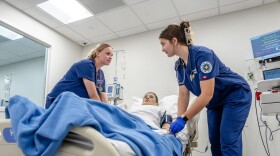The primary pieces of the International Space Station (ISS) were delivered over 42 assembly flights more than 20 years ago. Independent elements were constructed around the globe and assembled for the first time in space, starting the groundwork of nearly continuous human presence in space.
The ISS has grown into an impressive research complex that continues to model not just international cooperation, but research that can help solve problems in space and on Earth.
“The International Space Station had to solve a very fundamental problem, and that is how are you going to have water,” says Lake Effect astronomy contributor Jean Creighton. “The technology has been used in places on Earth where clean water is very hard to come by.”
The fact that the ISS is international and not owned by any nation is a big part of the cooperation.
“The idea that we can set aside whatever differences we might have to solve problems and figure out how to solve problems not only for better living in space but also better on Earth, I think that is a wonderful message,” says Creighton.







